
Erikalinpayne
September 10, 2025
2
Min Read Time
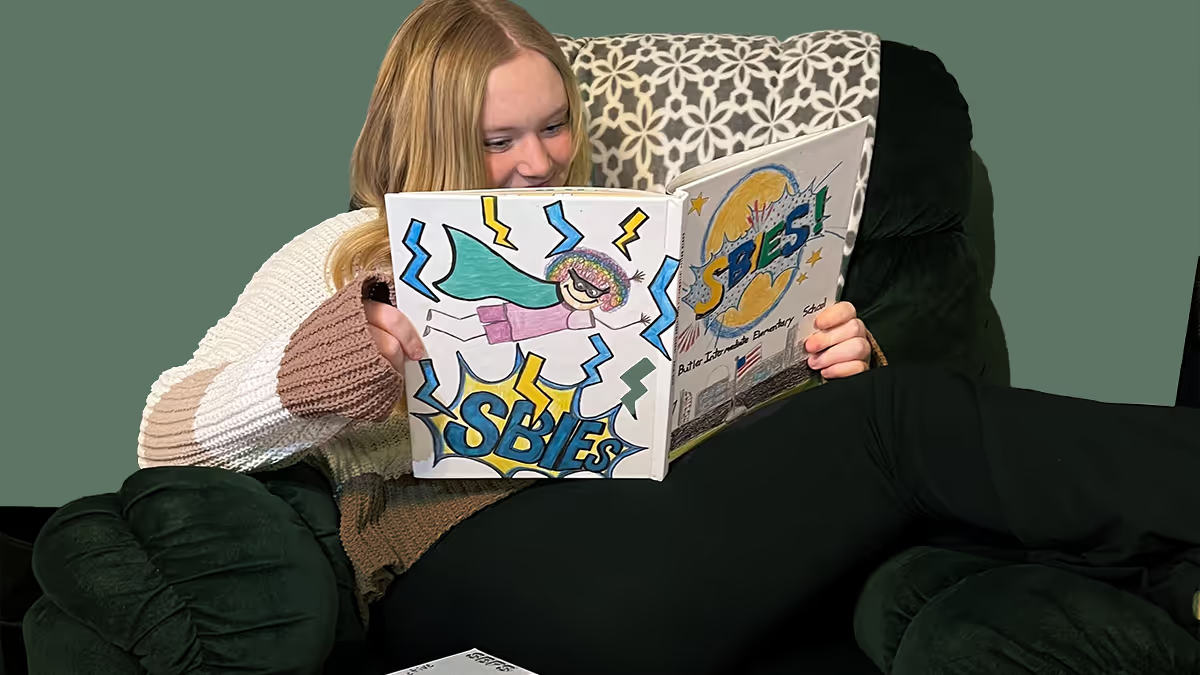
It’s fall, and we’re all going crazy about yearbook themes. After your team decides on the collective story to tell, consider how you will communicate it visually. If you haven’t yet, use student art on the yearbook cover to celebrate and showcase the diverse talents of the student body. It adds a unique, only-on-our-campus touch, which we love. After all, customization is our thing.
The Treering Design Team helps roughly 200 schools annually with their cover issues. The biggest piece of advice: make sure you have enough bleed. This keeps art from being cut off in the scanning process. We always say to get those printed proofs ordered early; this is one more reason.
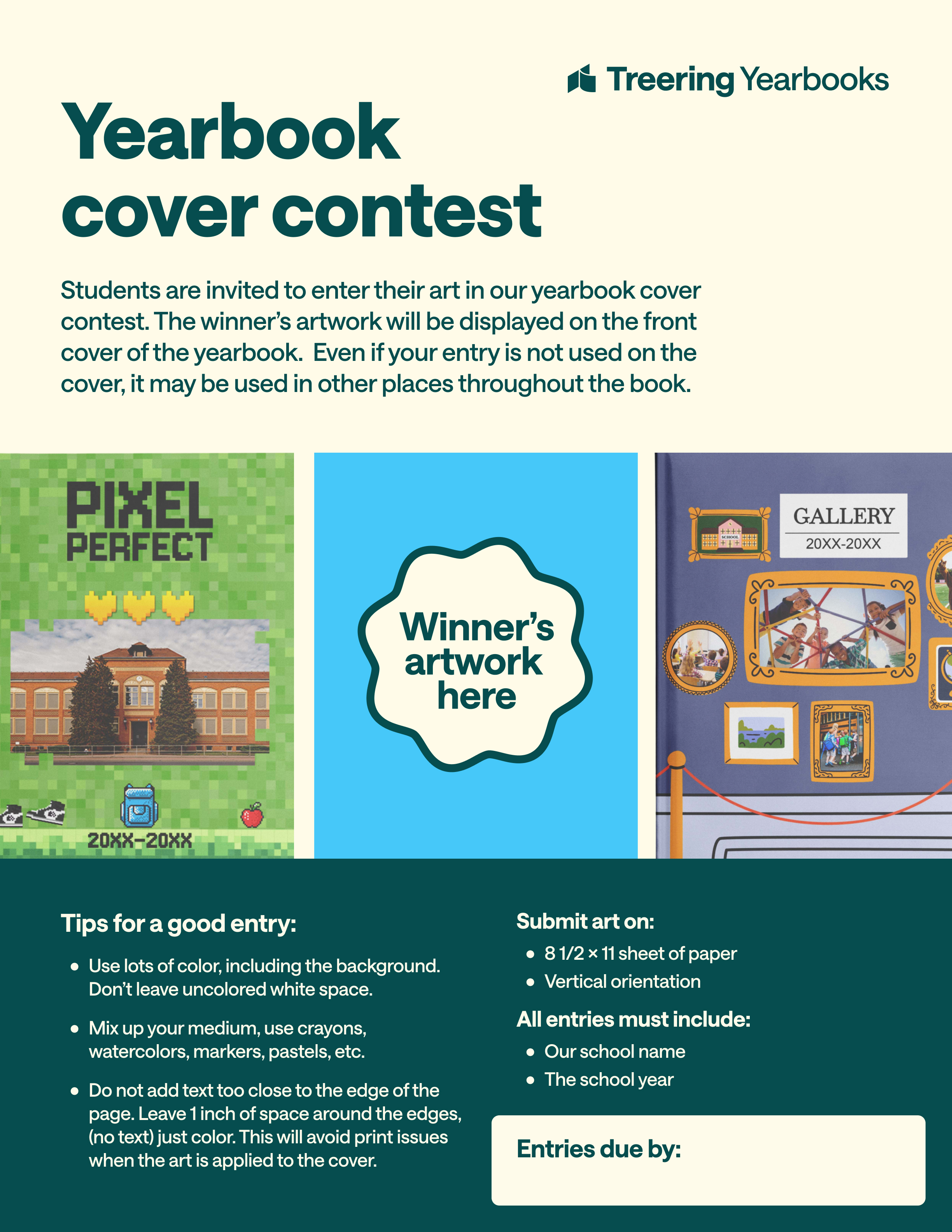
They also suggest advisers understand the technical requirements so your art prints sharply and vibrantly:
Student art is that simple: it’s art from students. Whether you source it through an intra-campus partnership or create a school-wide drive, the goal is to achieve a personal, unique-to-us impact.
Class projects, such as collaborations with art teachers, get students outside the yearbook room involved. (And really, this is marketing gold: you’re building a relationship with a group who are now stakeholders in your final project.)
Yearbook volunteer Lauren D. shared how they went from classroom to yearbook cover with an art project at Normandale Elementary. The art teacher used batik patterns made by her students into creatures for their yearbook cover.
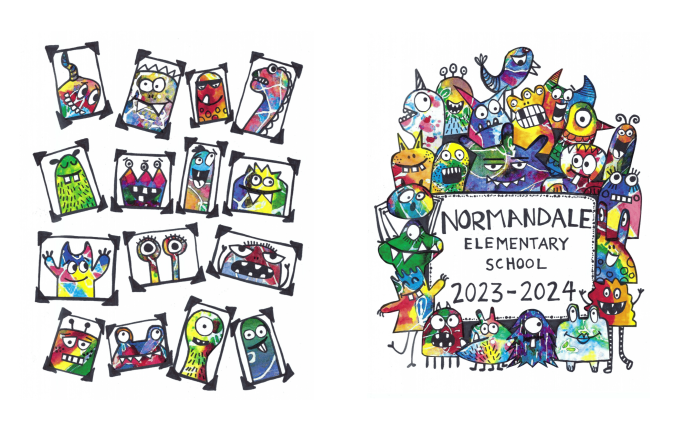

“I believe that students should be the driving force behind the yearbook's design,” said yearbook Adviser Julie R. She uses a cover contest to showcase student art. She asks students to use school colors and to “represent what learning and school look like to them.” Her yearbook team looks through the submissions and selects the one that most authentically captures the year.

If you share Julie’s POV and want to do your own contest, you’ll want to communicate the following:
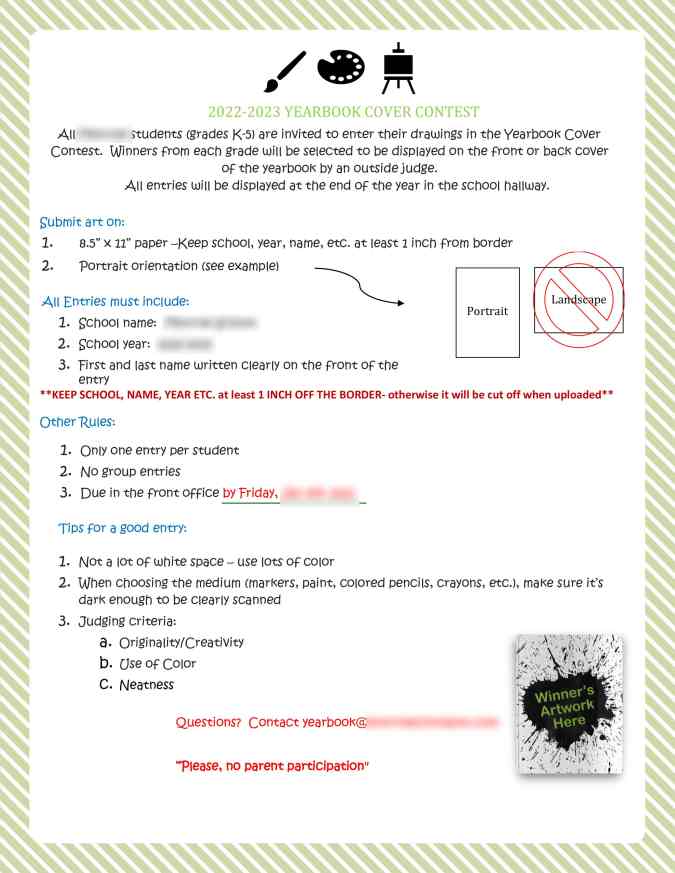
Explain the contest rules in advance to avoid unnecessary tears, hurt feelings, and frustration. Depending on the number of entries received, all can be included in the yearbook. Check out how these schools integrated their runners-up.
This is the most popular approach: the winner on the front and runners-up on the back.

Think about it: if you asked students to represent your verbal theme through their submissions, why wouldn’t you use their interpretations throughout the book?
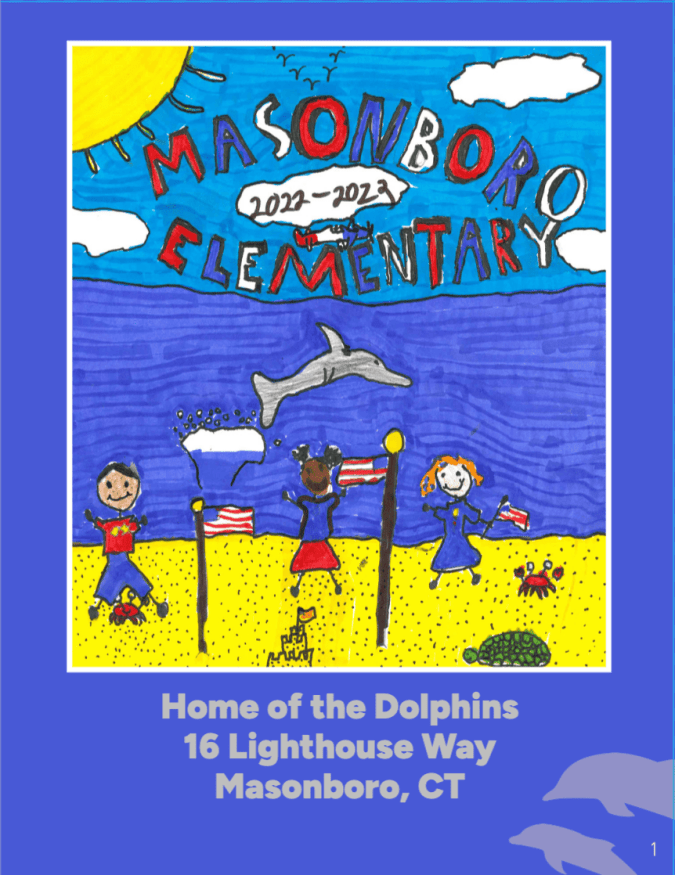

Tag us on social media (Facebook, Instagram, TikTok, X) to show us how you use student talent to foster pride in your school community.